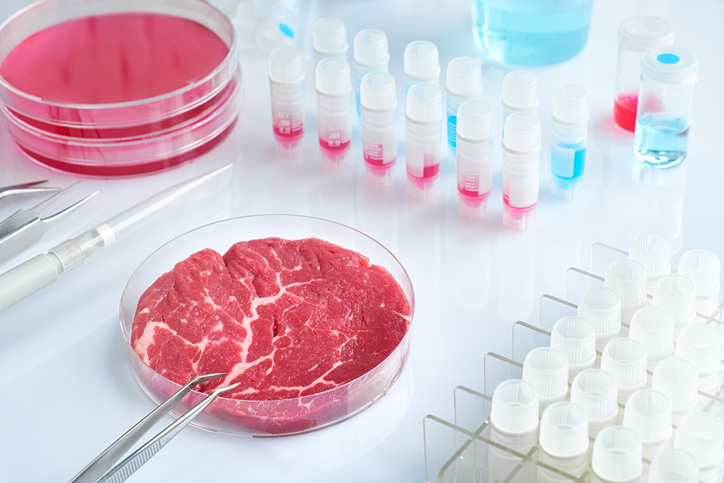Lab-grown meat: a national conundrum

Alternative proteins have been available for generations. But what about lab-grown proteins?
Last week South Carolina banned the marketing of “lab-grown protein” as “meat.” The leading sponsor of the legislation noted the bill was about transparency and consumer information. The legislation passed unanimously.
To be clear, there is a difference between plant-based alternative proteins and lab-grown proteins.
Tofu, an alternative protein made from soy beans, has been a staple in Asian cuisine since its invention during the Chinese Han Dynasty (206 B.C. to 220 A.D.) and seitan, a gluten-based alternative protein, was invented in Japan in the 1960s.
In 2009, the alternative protein landscape changed with the exploration of alternative proteins that were developed to mimic the taste, texture, and experience of traditionally raised and harvested chicken, beef, and pork. After years of lab development, Beyond Chicken entered the market at Whole Foods in 2013, with Beyond Beef following in 2014.
A closely related product, the Impossible Burger, was launched in 2016. Marketing for the Impossible Burger boasts a claim that other alternative proteins cannot: it uses plant-based “heme” to give the appearance and experience of a rare burger by emitting a blood-like juice when squeezed.
Lab-grown proteins, on the other hand, produce meat that is similar to what grocery stores offer now with two differences. First, it is not harvested from a living animal but rather created in a lab setting. Second, it is not readily available for purchase or consumption for several reasons including food safety inspections, harvesting oversight, and cost per pound.
Lab-grown proteins are expensive to produce. Rather than being plant-based, lab-grown proteins get their start with fetal bovine serum – blood harvested from unborn calves during the slaughter process – and synthesize muscular tissue in a petri dish. The first lab-grown protein introduced to the market was in 2013 at a cost of $330,000 per pound. In 2018, Memphis Meats had reduced the per-pound cost to $363.
Oversight of meat harvesting has been assigned to the U.S. Department of Agriculture. The National Cattlemen’s Beef Association and other meat industry groups argued oversight of lab-grown proteins should also fall under the purview of the USDA. However, because of the nature of the growth and harvesting of the products, the Food and Drug Administration argued the oversight should be housed with their agency.
Earlier this year, an agreement was reached for joint oversight by both agencies. According to the Memorandum of Understanding, the FDA will oversee the collection and growth of cultured cells. The USDA will oversee the processing of cells into meat and the labeling of the finished product.
Moving forward in the discussion of alternative proteins, the questions are affordability, transparency, and ethics. In an agricultural market where food prices continue to rise and consumers want more information about how their food is produced, how do alternative proteins fit into the grander scheme?
Setting aside the more pragmatic questions, there are also questions about the ethics of creating meat products from fetal bovine serum. Does that protein constitute a vegan product because the meat product was not harvested from an living animal? Is it ethical to harvest prenatal cells from an unborn calf? Where does the line get drawn for when it is acceptable to use stem cells and when it is not?
Whether or not South Carolina’s approach to lab-grown meat labeling is effective for a product that is not yet available for purchase will be borne out in the years to come. But, before that, agriculture and consumers need to decide what the market is willing to bear.





